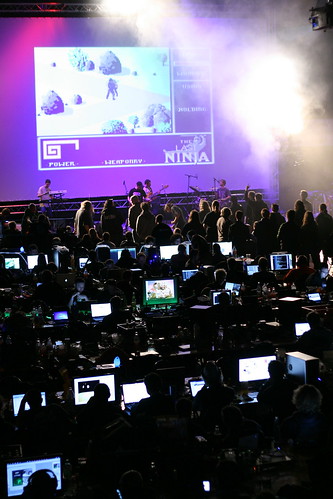More and more material and news are being released about the next edition of SIGGRAPH, so here is a short summary.
Technical papers
The video teaser of the technical papers has been published. It looks like there will be some really cool stuff to see. As every year Ke-Sen Huang maintains a page with the list of papers.
Real Time Live!
The Real Time Live! program looks very nice too, and it is good to see at least two demoscene related works will be presented there (the community GLSL tool ShaderToy by Beautypi, and some experiment by Still with a LEAP Motion controller on their production, Square).
Courses
Not much to say, it looks great and I want to see most of them… The Advances in Real-Time Rendering in Games and Physically Based Shading in Theory and Practice courses are a must see as usual. The Recent Advances in Light-Transport Simulation: Theory & Practice and Ray Tracing is the Future and Ever Will Be courses sound promising too.
Our work to be shown at SIGGRAPH
Lastly, we had some awesome news yesterday, when we were told our last released demoscene production, F – Felix’s workshop, has been selected to be shown as part of the Real-Time Live! demoscene reel event.
Released last year at Revision and ranking 2nd in its category, Felix’s workshop is a 64k intro: a real-time animation fitting entirely (music, meshes, textures…) within a 64kB binary file meant to run on a consumer level PC with a vanilla Windows and up to date drivers.
I was also told Eddie Lee‘s work, Artifacts, was selected as well. His outstanding demo won at Tokyo Demo Fest earlier this year.


